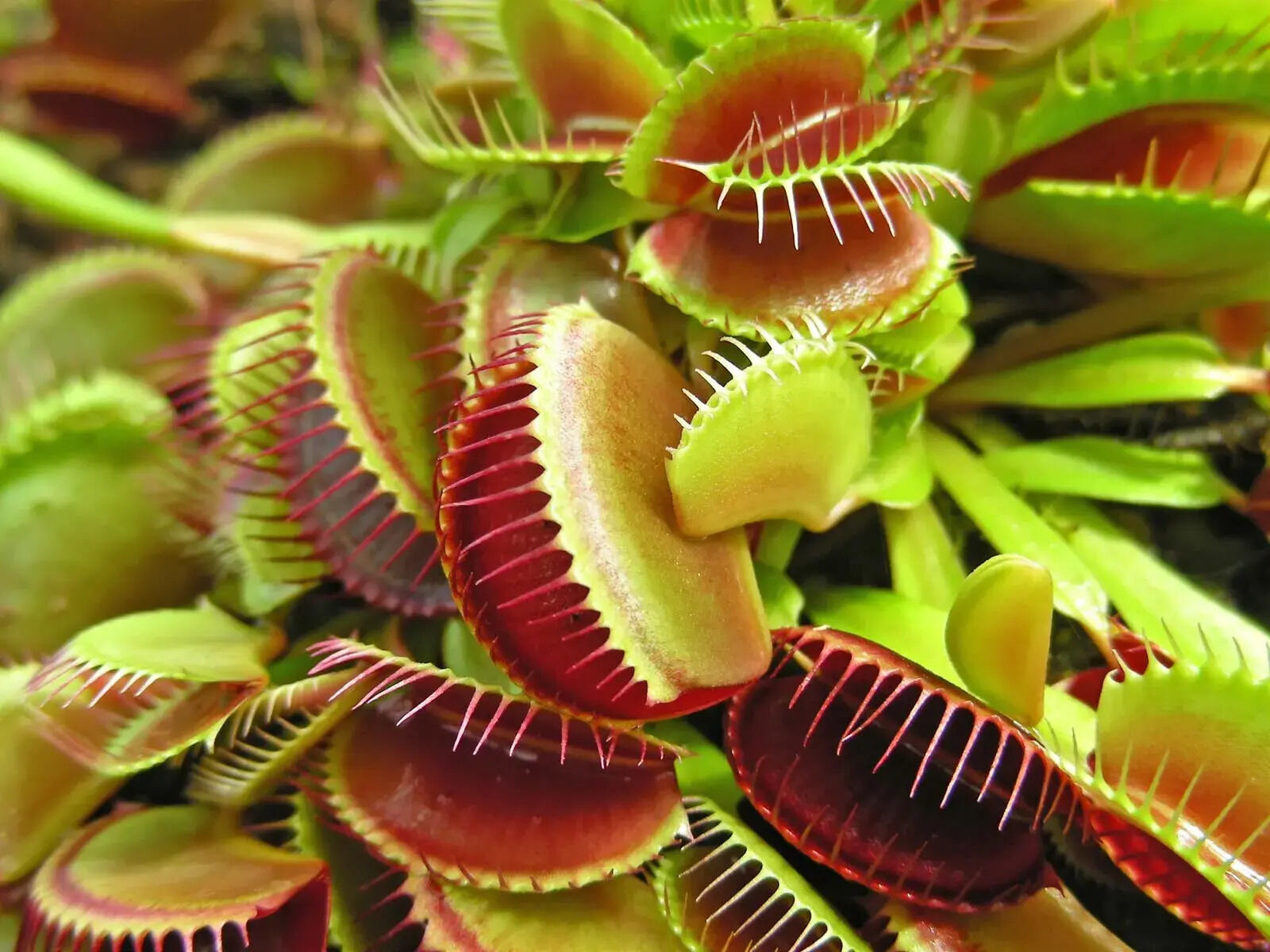
Carnivorous plants are some of nature's most intriguing marvels. These unique florae have evolved to thrive in nutrient-poor environments by trapping and digesting insects and small animals. Did you know that there are over 600 species of carnivorous plants worldwide? From the famous Venus flytrap to the lesser-known bladderwort, each species has its own fascinating method of capturing prey. Why do they eat insects? It's all about survival. In their native habitats, the soil lacks essential nutrients, so these plants have adapted to get their nutrition from other sources. Whether you're a budding botanist or just curious about the natural world, these 25 facts will give you a deeper appreciation for these extraordinary plants.
What Are Carnivorous Plants?
Carnivorous plants are fascinating organisms that have evolved to trap and digest insects and other small animals. These plants have adapted to thrive in environments where the soil is poor in nutrients, particularly nitrogen. Let's dive into some intriguing facts about these unique plants.
-
Diverse Species: There are over 600 species of carnivorous plants, each with its own unique trapping mechanism.
-
Nutrient-Poor Habitats: These plants often grow in bogs, swamps, and other areas with nutrient-poor soil, making their carnivorous adaptations essential for survival.
-
Photosynthesis: Despite their carnivorous nature, these plants still perform photosynthesis to produce energy.
Types of Traps
Carnivorous plants have developed various methods to capture their prey. Each type of trap is a marvel of natural engineering.
-
Pitfall Traps: Plants like the pitcher plant use deep cavities filled with digestive enzymes to trap and digest prey.
-
Flypaper Traps: Sundews and butterworts have sticky surfaces that trap insects, which are then digested by enzymes.
-
Snap Traps: The Venus flytrap is the most famous example, with leaves that snap shut when triggered by prey.
-
Bladder Traps: Found in aquatic plants like bladderworts, these traps use a vacuum mechanism to suck in prey.
-
Lobster-Pot Traps: These traps, found in corkscrew plants, guide prey into a chamber where escape is nearly impossible.
Famous Carnivorous Plants
Some carnivorous plants have gained fame due to their unique characteristics and appearances.
-
Venus Flytrap: Native to the Carolinas, this plant is known for its jaw-like leaves that snap shut on prey.
-
Pitcher Plant: Found in various parts of the world, these plants have deep, pitcher-shaped leaves filled with digestive fluids.
-
Sundew: These plants have tentacle-like structures covered in sticky droplets that trap insects.
-
Butterwort: With leaves that look like butter, these plants trap insects on their sticky surface.
-
Bladderwort: Aquatic and terrestrial varieties exist, all using bladder-like traps to capture prey.
How They Digest Prey
The digestion process in carnivorous plants is as fascinating as their trapping mechanisms.
-
Enzymes: Most carnivorous plants secrete digestive enzymes to break down their prey.
-
Bacteria: Some plants rely on symbiotic bacteria to help digest their prey.
-
Absorption: Nutrients from the digested prey are absorbed through the plant's leaves.
Evolutionary Adaptations
Carnivorous plants have evolved various adaptations to improve their chances of capturing prey.
-
Bright Colors: Many carnivorous plants have bright colors to attract insects.
-
Nectar: Some plants secrete nectar to lure prey into their traps.
-
Movement: The Venus flytrap and other plants can move to capture prey more effectively.
-
Scent: Certain plants emit scents that attract insects.
Ecological Importance
Carnivorous plants play a crucial role in their ecosystems.
-
Pest Control: By capturing insects, these plants help control pest populations.
-
Biodiversity: They contribute to the biodiversity of their habitats by providing a unique ecological niche.
-
Indicator Species: The presence of carnivorous plants can indicate the health of an ecosystem.
Conservation Efforts
Many carnivorous plants are threatened by habitat loss and other factors.
-
Habitat Destruction: Urbanization and agriculture are major threats to these plants.
-
Conservation Programs: Various programs aim to protect and conserve carnivorous plant species and their habitats.
The Final Bite
Carnivorous plants are more than just fascinating oddities. They’re a testament to nature's adaptability and ingenuity. From the Venus flytrap snapping shut on unsuspecting insects to the pitcher plant's slippery trap, these plants have evolved unique ways to thrive in nutrient-poor environments. They remind us that survival often requires creativity and resilience. Whether you're a budding botanist or just someone who loves quirky facts, these plants offer endless wonder. Next time you see a sundew glistening in the sunlight or a bladderwort lurking underwater, you'll know there's more to them than meets the eye. So, keep your curiosity alive and continue exploring the incredible world of carnivorous plants. They might just inspire you to look at nature—and life—a little differently.
Was this page helpful?
Our commitment to delivering trustworthy and engaging content is at the heart of what we do. Each fact on our site is contributed by real users like you, bringing a wealth of diverse insights and information. To ensure the highest standards of accuracy and reliability, our dedicated editors meticulously review each submission. This process guarantees that the facts we share are not only fascinating but also credible. Trust in our commitment to quality and authenticity as you explore and learn with us.
